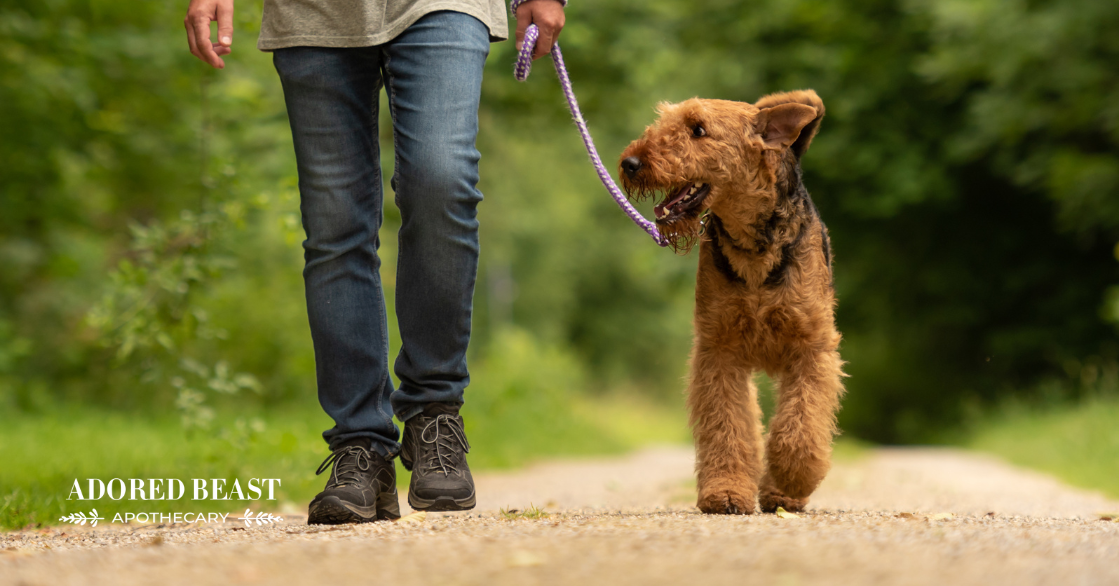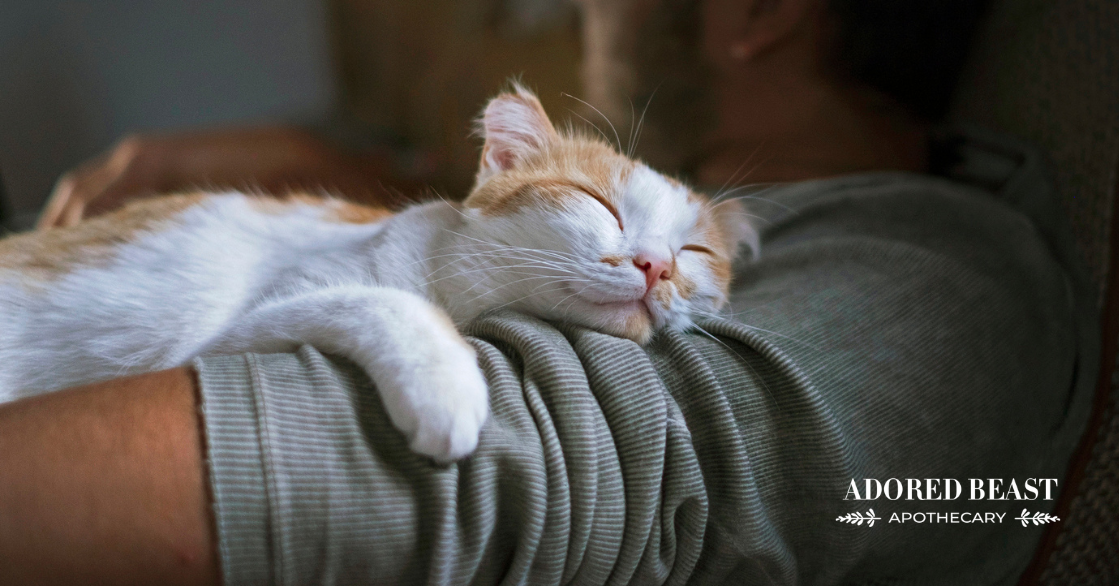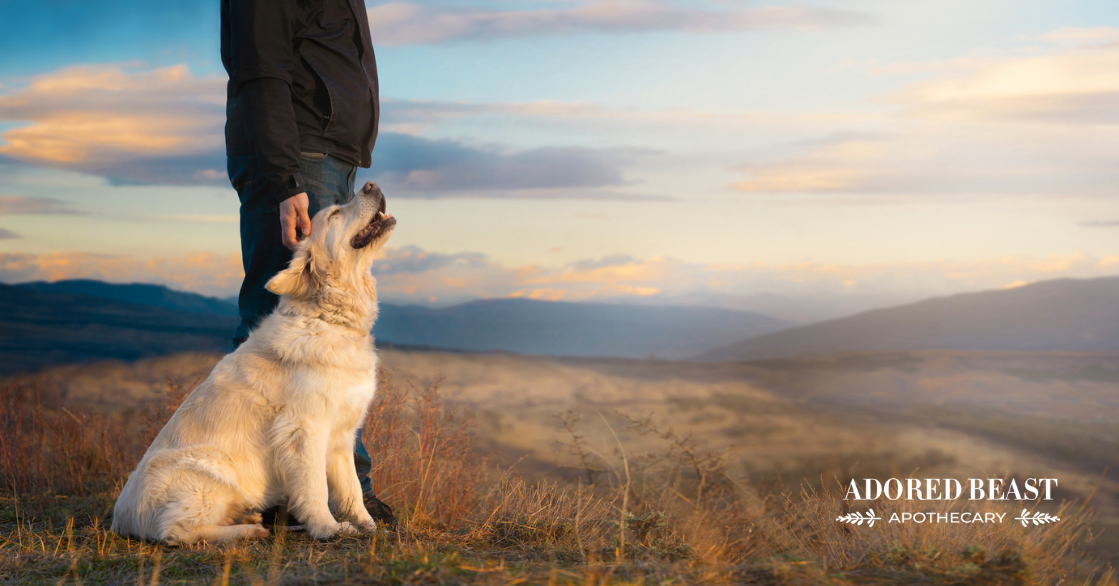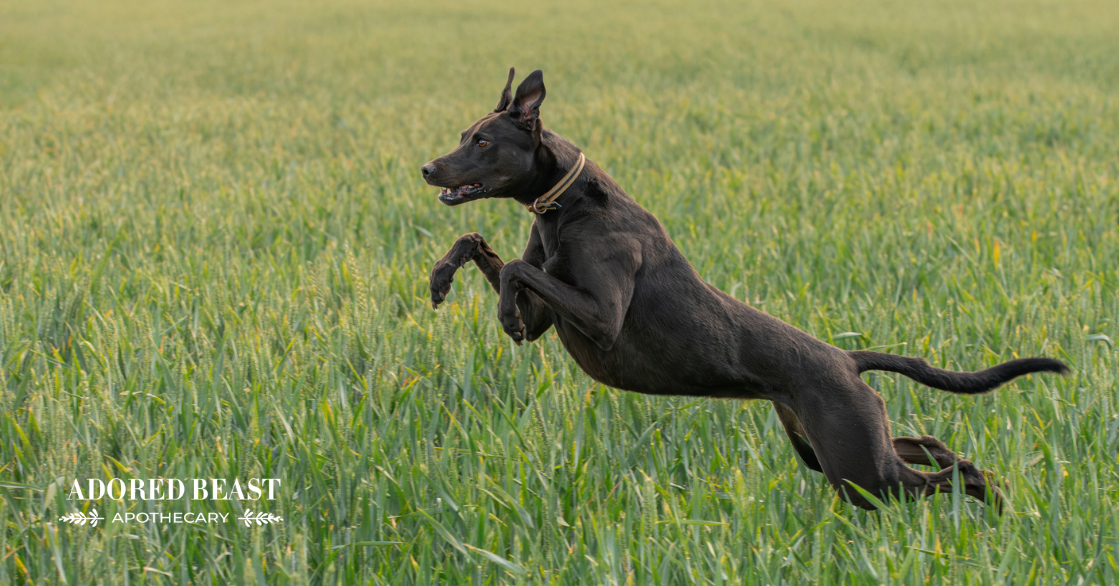Have you ever wondered, “do I need to walk my dog every day?”
Walking the dog is one of those things many pet parents assume has to happen daily, no matter what. In our house, we aim for at least one walk a day (our girls get squirrelly otherwise). But while regular walks are incredibly beneficial, both physically and mentally, the truth is: it’s not always so black and white.
Let’s take a closer look at why walks are important, how different dogs have different needs, and why it’s okay if you don’t always hit the pavement or path every single day.
The Benefits of Walking Your Dog
Daily walks offer more than just bathroom breaks. They help keep your dog’s body and mind healthy in a number of ways:
- Physical Health – Walking helps maintain a healthy weight, keeps joints mobile, strengthens muscles, and supports cardiovascular health.
- Mental Stimulation – Dogs explore the world through scent. Sniffing the neighbourhood, watching people, or hearing new sounds keeps their brains engaged.
- Behavioural Benefits – A well-exercised dog often has fewer behaviour issues. Walks help release pent-up energy, which can reduce chewing, barking, or restlessness at home.
- Bonding Time – Walks are also a chance to connect with your dog, strengthen your relationship, and simply enjoy time together.
And, of course, they’re beneficial for us as well, both for mental and physical health!
Different Dogs, Different Walking Needs
Not every dog requires the same level or length of walking. Just like people, their energy levels, physical abilities, and health can vary widely. Breed, age, and overall condition all play a big role in determining how much exercise is appropriate.
High-Energy Breeds
Breeds that like to work – such as border collies, huskies, German shepherds, and Belgian malinois – often need more than just a quick stroll around the block. These breeds thrive on both physical and mental stimulation. A daily walk (or two) can be paired with running, hiking, agility training, or even structured games like fetch or scent work to truly satisfy their needs. Without enough activity, these dogs can become bored and may channel their extra energy into destructive behaviours like chewing, digging, or excessive barking. Both our girls (Indi, a German shepherd, and Jones, a mix of husky, shepherd, and lab) need that exercise or they get restless.
Small or Low-Energy Breeds
Breeds like French bulldogs, pugs, and shih tzus may not need as much exercise. They’re usually happiest with shorter, slower-paced walks that give them a chance to sniff and explore without pushing their limits. Some flat-faced (brachycephalic) breeds can also struggle with breathing, especially in hot or humid weather, so gentle walks in cooler times of the day are best. For these dogs, enrichment at home – like puzzle toys or gentle indoor play – can be great alongside outdoor activity.
Puppies
Puppies are bundles of energy, but that doesn’t mean they’re ready for marathon walks. Their growing joints and bones are still developing, which means too much exercise can actually cause strain or injury. Instead of one long walk, puppies do better with several short, gentle walks spread throughout the day, mixed with playtime and, importantly, plenty of naps. As they grow, you can gradually increase the length and intensity of their walks. Socialization is also key during this stage, so walks provide great opportunities for your pup to see new people, animals, and environments in a positive and safe way.
Seniors
Older dogs often slow down, but that doesn’t mean they should stop walking altogether. Regular movement is crucial for maintaining mobility, joint health, and a healthy weight. Seniors typically benefit from shorter, slower walks that are tailored to their stamina and comfort level. Some may prefer several brief outings instead of one long one. Walking also helps keep their minds sharp by exposing them to different scents and sights, which can be especially valuable as they age. Always keep an eye out for signs of discomfort, such as limping, heavy panting, or reluctance to continue.
Dogs with Health Issues
Dogs with medical conditions, such as arthritis, hip dysplasia, heart disease, or respiratory problems, may need their exercise adjusted. In some cases, walks should be shorter and more frequent to prevent strain. For others, swimming or gentle indoor activities may be a valuable alternative. If your dog is recovering from surgery or illness, your vet may recommend restricted activity until they heal. The key is to tailor the activity to your dog’s ability so they still get the benefits of movement without risking their health.
Listening to Your Dog
One of the most important parts of walking is tuning in to your dog’s cues. Some signs that your dog may need a break or shorter walk include:
- Slowing down or lagging behind
- Excessive panting or lying down mid-walk
- Limping or stiffness afterward
- Avoiding the leash when you bring it out
Every dog is different, so while some may happily walk for an hour, others may only need 10–15 minutes before they’re ready to head home. Let them tell you how they feel – it’s honestly the best way to guage their exercise needs.
Do I Need to Walk My Dog Every Day?
So, do you need to walk your dog every day? That, as you can see, depends on your dog.
That said, remember, life happens – bad weather, illness, or simply an overwhelming day. Missing the occasional walk isn’t the end of the world. Dogs are resilient, and what matters most is their overall routine, not perfection.
If your dog is used to daily walks but you have to skip one, consider swapping in:
- Brain Games – Puzzle toys, snuffle mats, or simple hide-and-seek games.
- Training Sessions – Practicing tricks or commands stimulates the mind and tires them out.
- Indoor Play – A game of tug or fetch in the hallway can be just as fun.
Mental enrichment can be just as important as physical exercise, and sometimes it can even be more tiring!
Asking yourself, “Do I need to walk my dog every day?” You’re not alone. Walking your dog daily is wonderful for their health and happiness, but it doesn’t have to be a rigid rule. Pay attention to your dog’s needs, adjust based on their breed and life stage, and remember: if you miss a day, you’re still a great dog parent. What your pup values most is your love, attention, and time – whether that’s on a walk, playing indoors, or snuggling on the couch.












